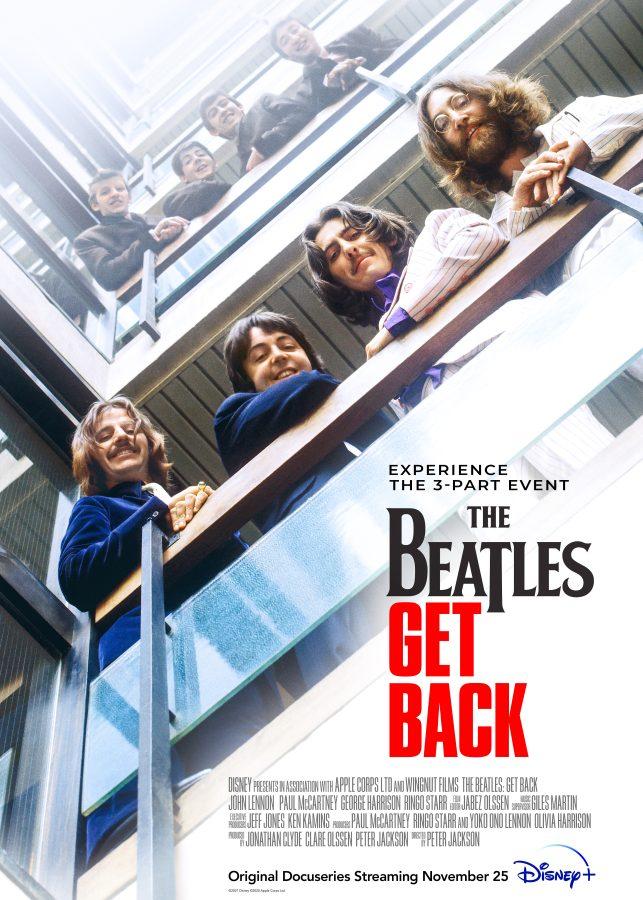When Thanksgiving break allowed us to finally rest after nearly a semester of hard work, what did you do to relax? Did you sleep in? Solve a puzzle? For many this November, their idea of relaxing was watching a roughly eight-hour docuseries of a band excruciatingly practicing their songs before playing just five of them on a rooftop. Why? Because it was the Beatles.
Now, you either think the Beatles were the greatest thing since sliced bread or the most overrated artists of all time. As I probably don’t have to tell the latter camp, this docuseries is definitely not for you. If “A Day in the Life” doesn’t do it for you, then I can’t imagine that listening to take after take of “Dig a Pony” would be anything close to a good time. However, that’s exactly what Beatles fanatics have been wanting to see for years.
There has always been a great deal said about those few weeks in January 1969. As a Beatles fan myself, I have read countless interviews and articles about what went on and what was said at this time, so it was incredibly surreal to see them actually be spoken, sometimes with a spontaneity that completely undercuts how much significance the words would gain over the years. For example, there is one scene where John Lennon suggests that Billy Preston—an excellent keyboard player, who was every bit as great in these sessions as has been documented—should become a Beatle. Paul riffs that, “it’s bad enough with four.” When I heard about this exchange before, I was led to believe that it was a sign of the band’s impending demise. Except, when he says this in the documentary it’s met with laughs—clearly a joke.
That exchange is emblematic of the entire documentary. While the rifts that would lead to the band’s demise are clearly already there and are talked about with a surprising openness and awareness, there is still a great deal of fun and good cheer that is shared between the Fab Four. Most of the miserable times that the band would later recollect can be seen in the first episode, but after George Harrison briefly leaves the band and they start filming in a different location, all of the quips and personalities seen in numerous interviews start to show themselves. It’s not that the tensions aren’t there at all, but they aren’t at the level usually depicted. The truth seems to be, as is usually the case, somewhere in the middle.
Your level of enjoyment when watching “Get Back” is probably dependent on how much you like the Beatles. I can’t imagine a casual fan thinking that the first part, which is roughly two and a half hours, is a riveting bit of television. However, I also can’t imagine them not getting at least a kick out of seeing Paul McCartney come up with the song “Get Back” while jamming on his bass, desperately looking for song ideas. That’s the real appeal of the entire series. For those who can relate to writing a song with a band, or just creating in general, it is such a strange feeling to see songs like “Let it Be” and “Something” actually get written. It feels like some works of art—such as the “Mona Lisa” or “Superman”—have always been set in stone. We seem to just be born knowing about them. The Beatles’ discography falls into that iconic status. However, the stone had to be carved, and this docuseries details the excruciating details of that process. If that sounds like it appeals to you, then give it a watch. If it doesn’t, then “Let it Be.”
Is ‘Get Back’ too long and winding of a road?
About the Writer
Kyle Makkas, Humor Writer

